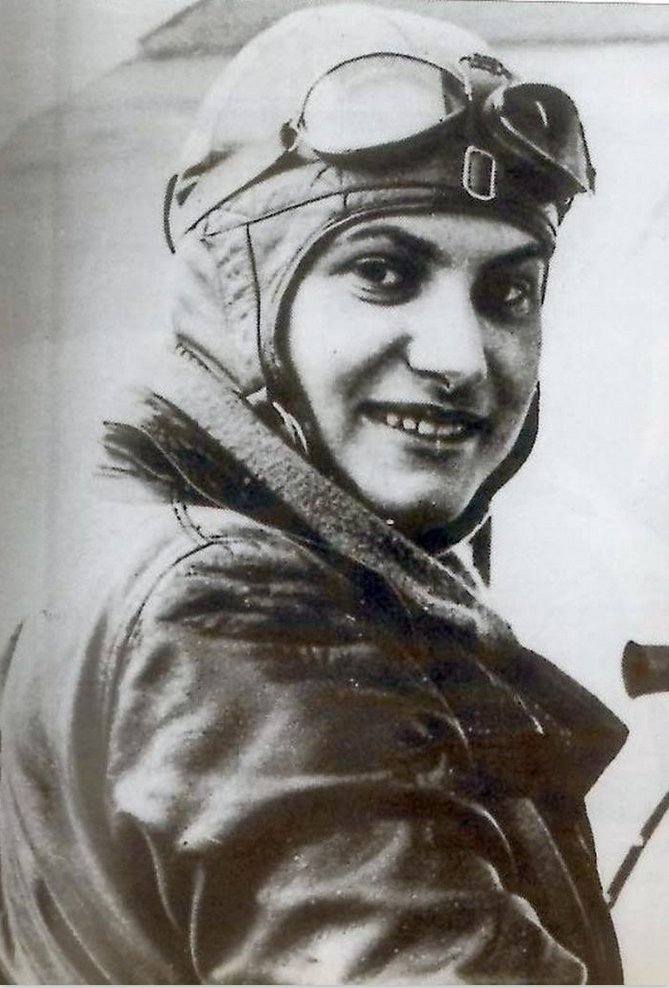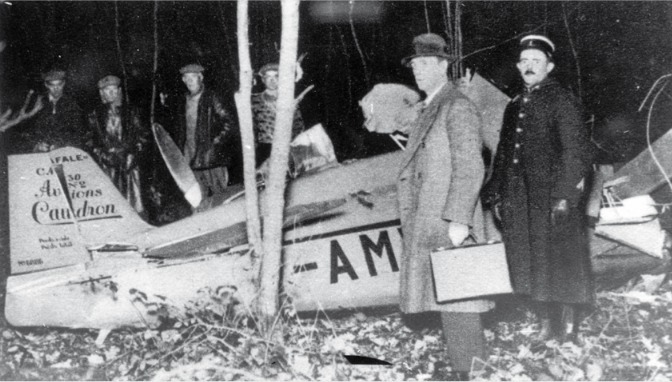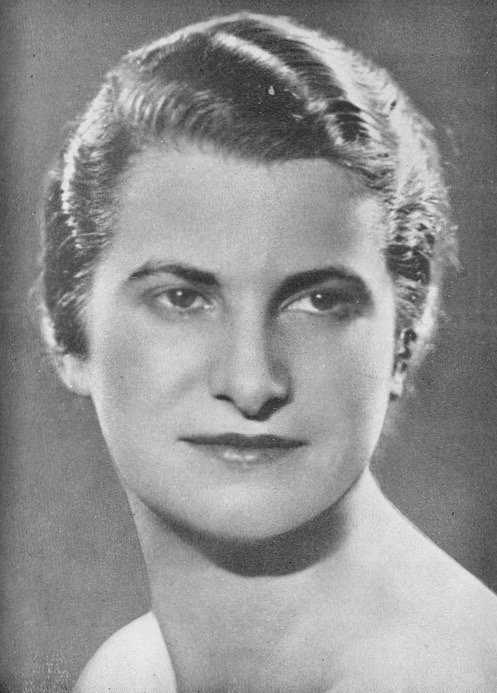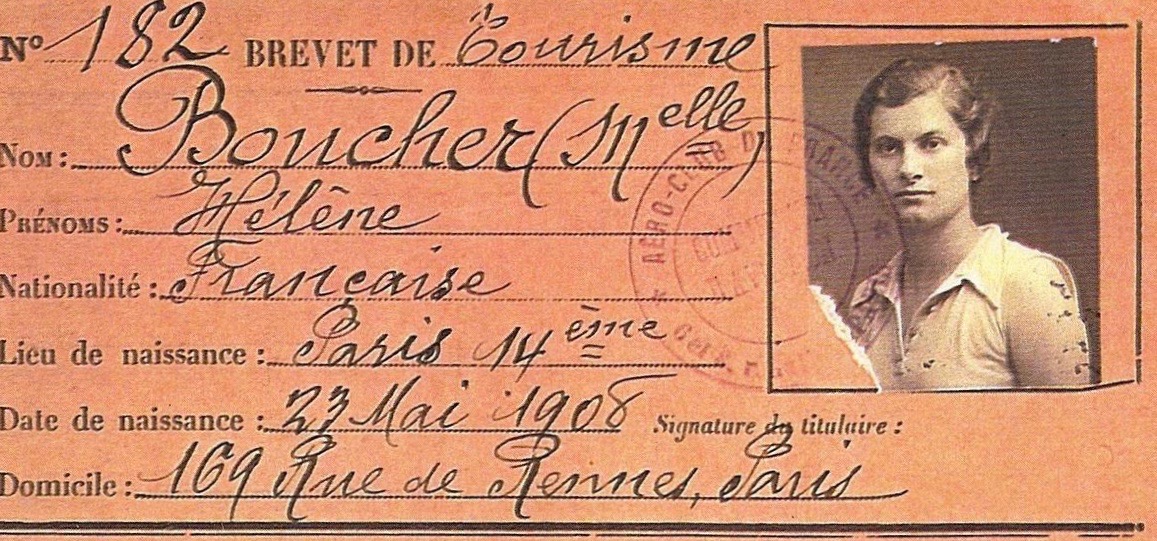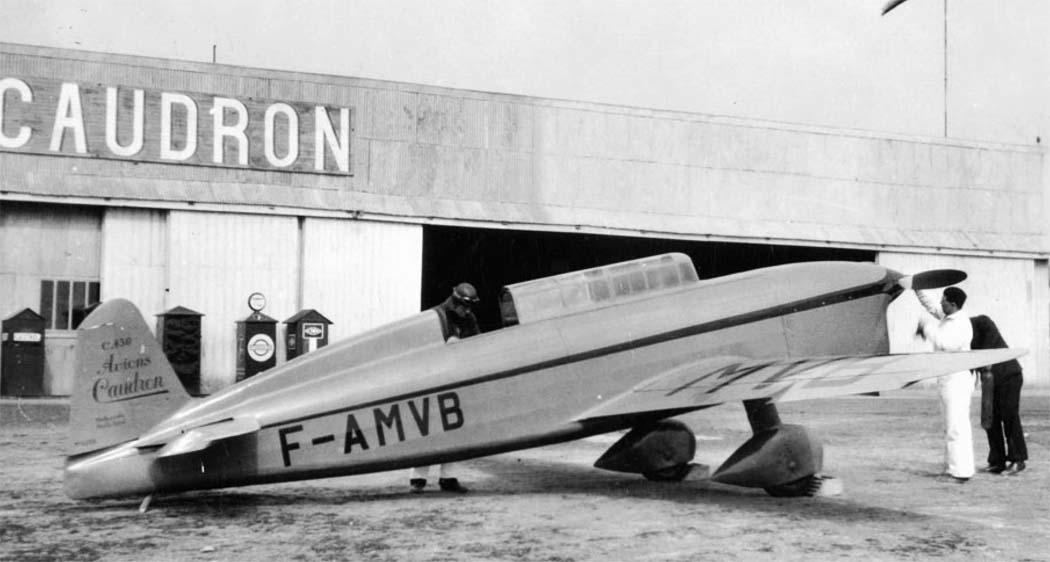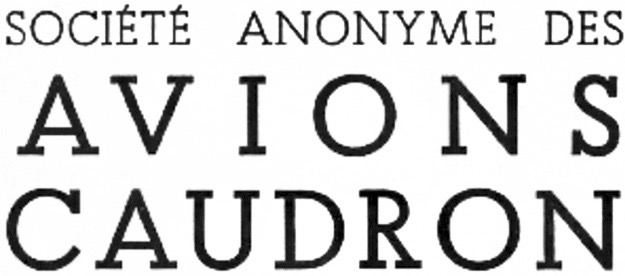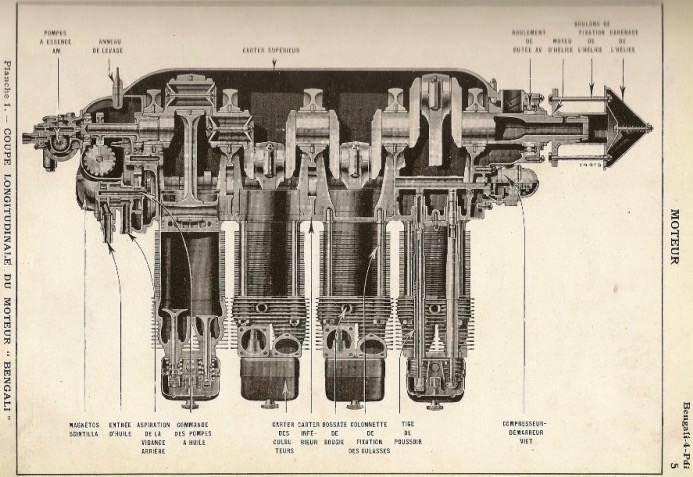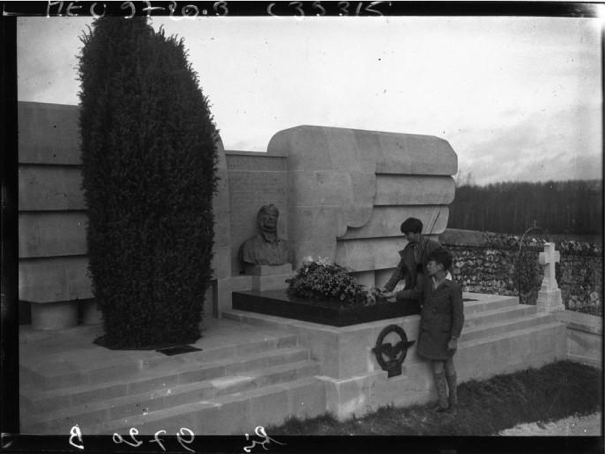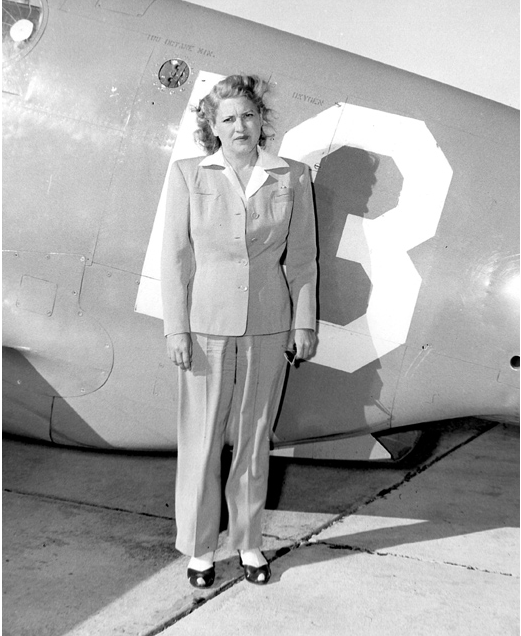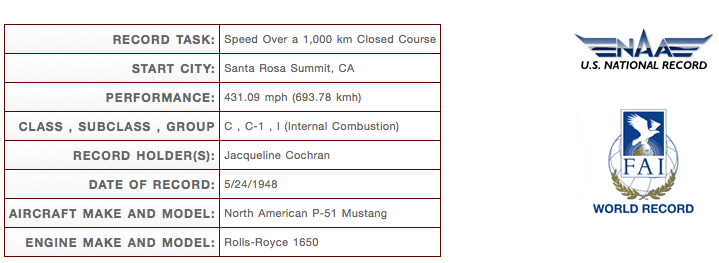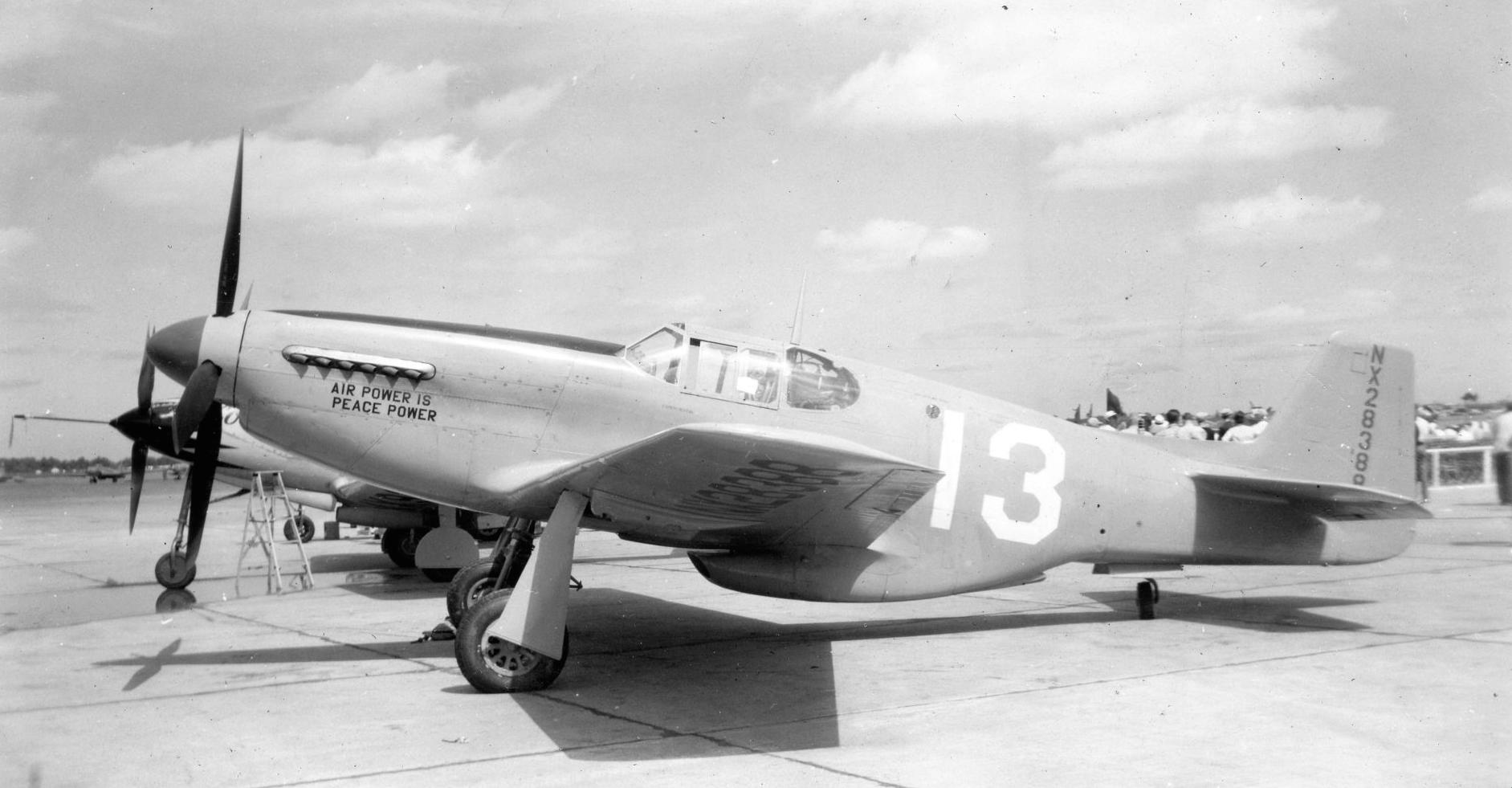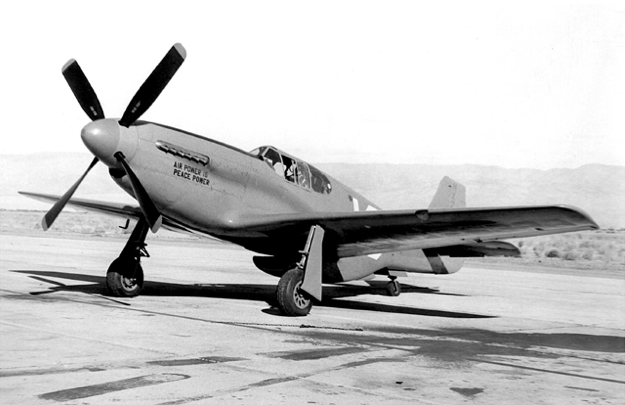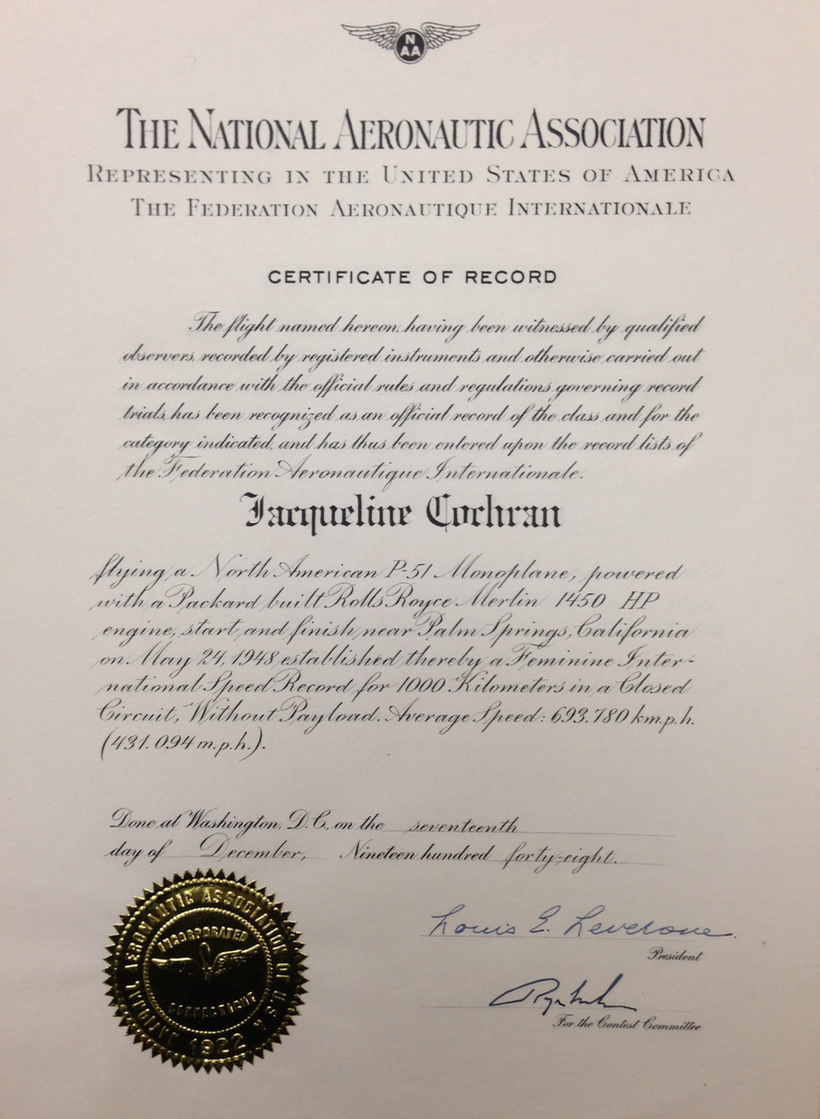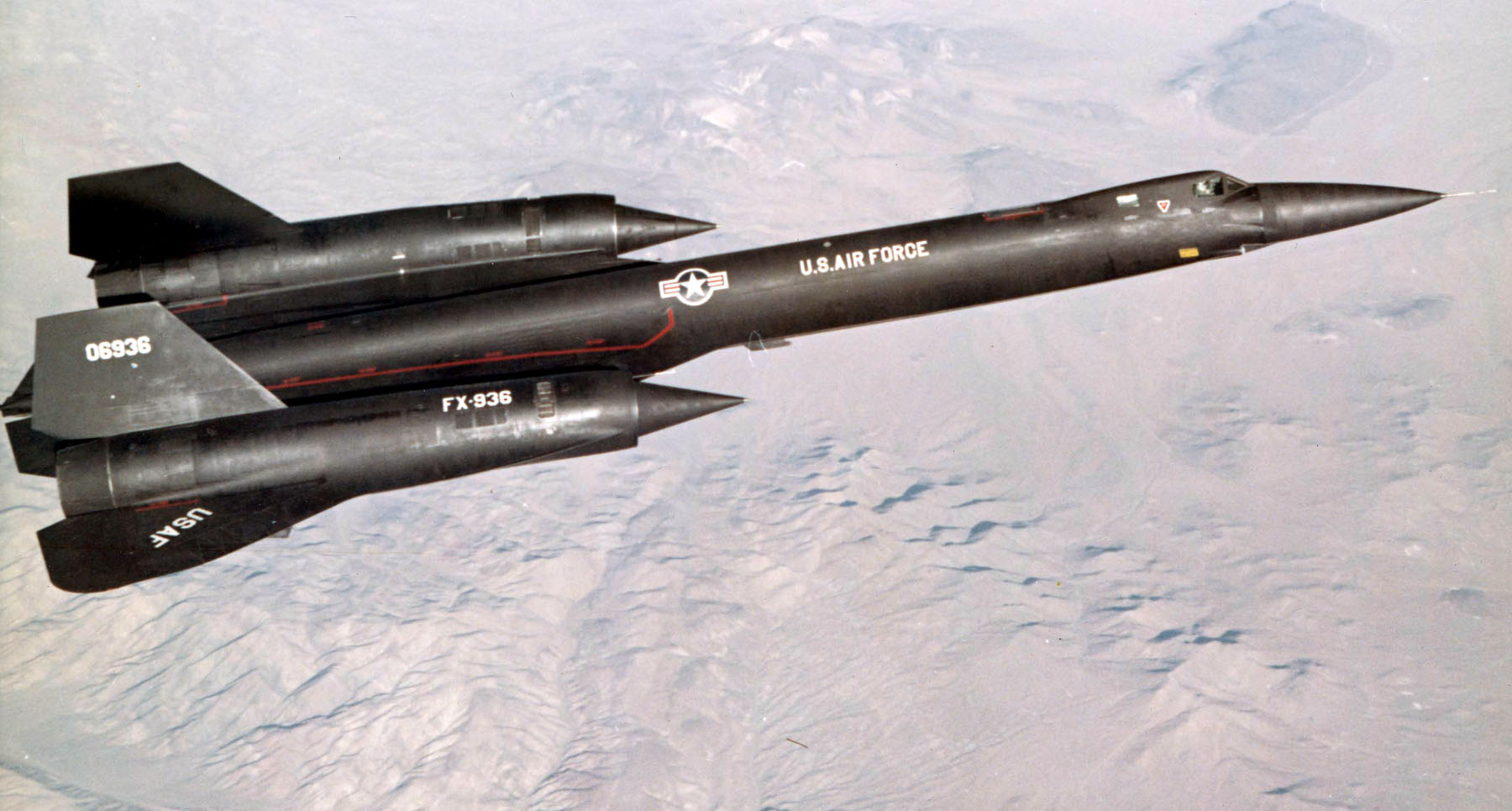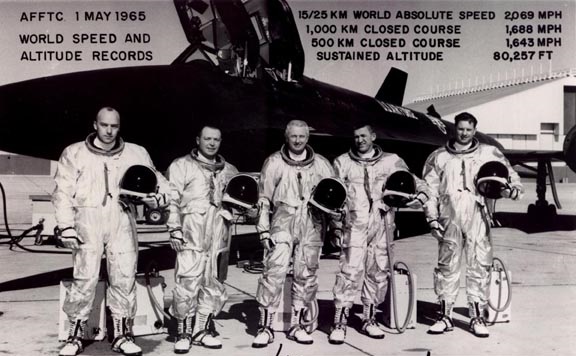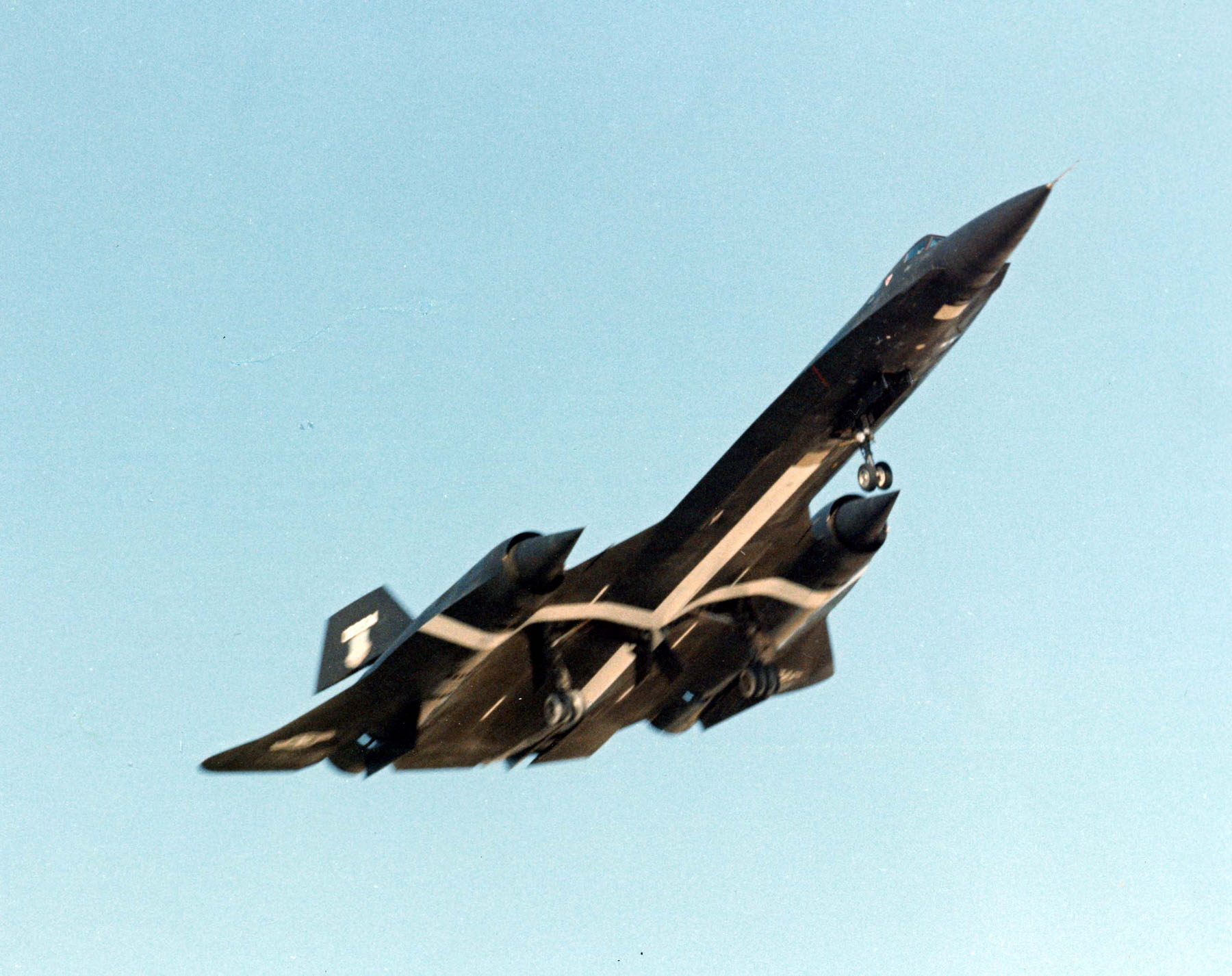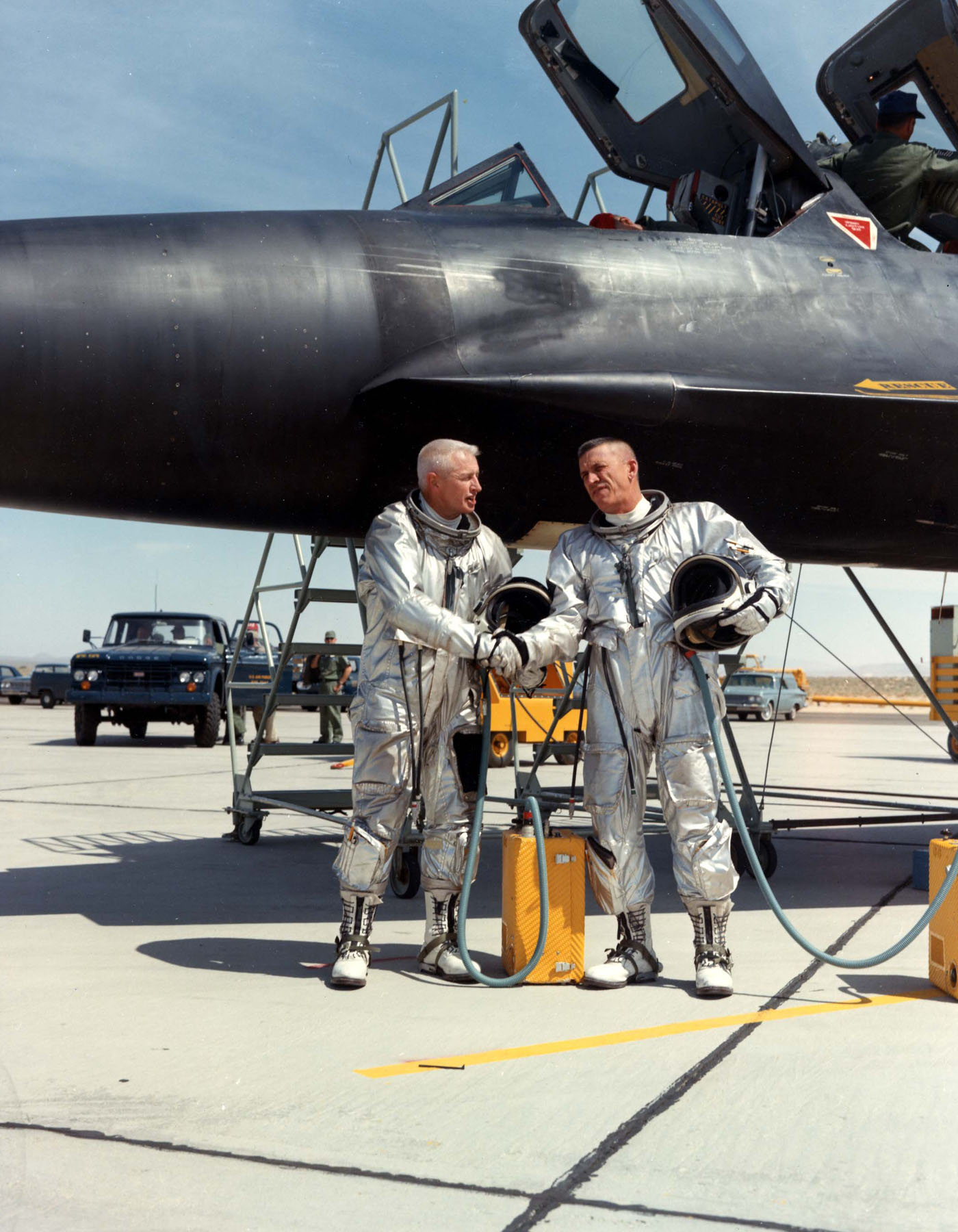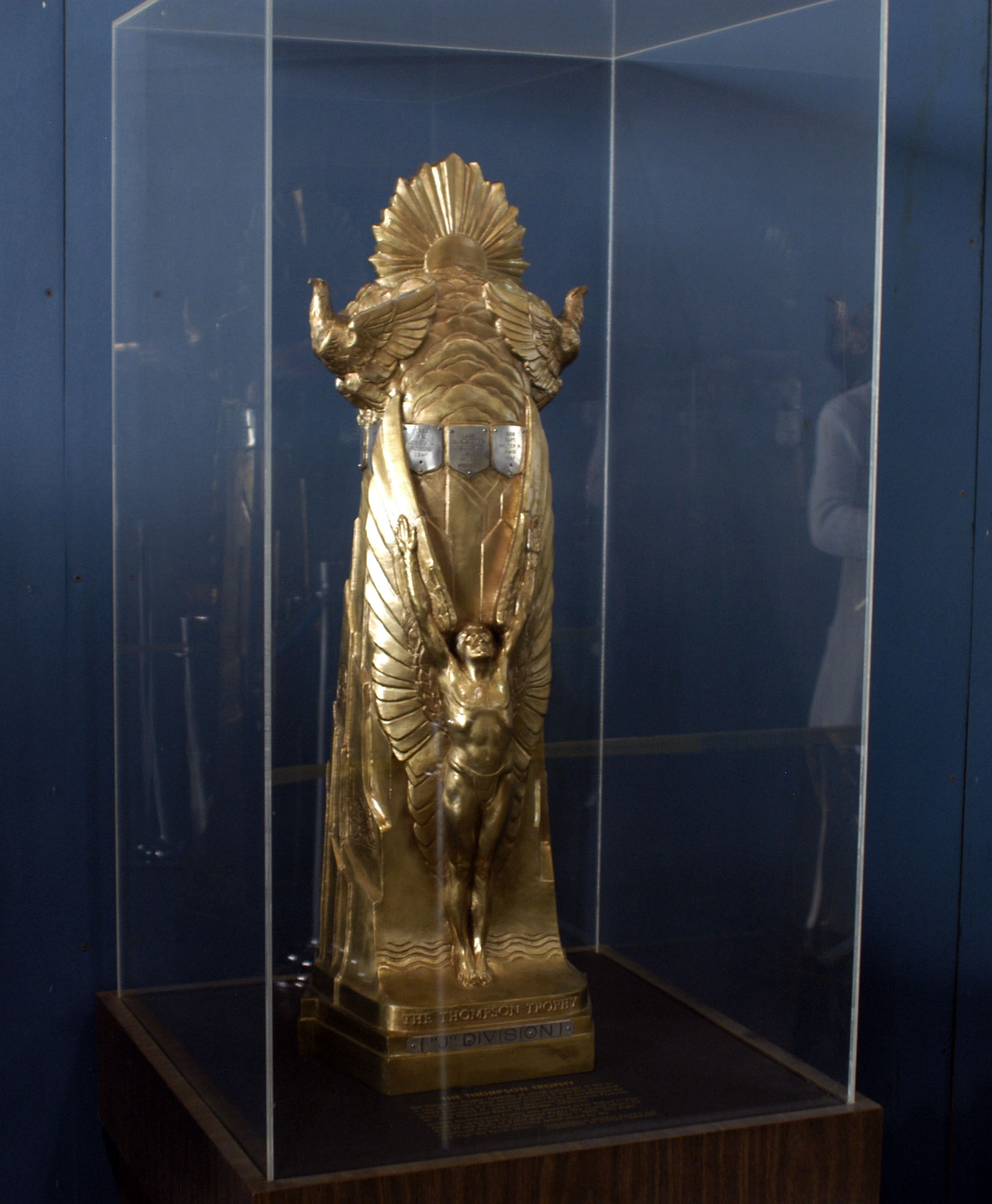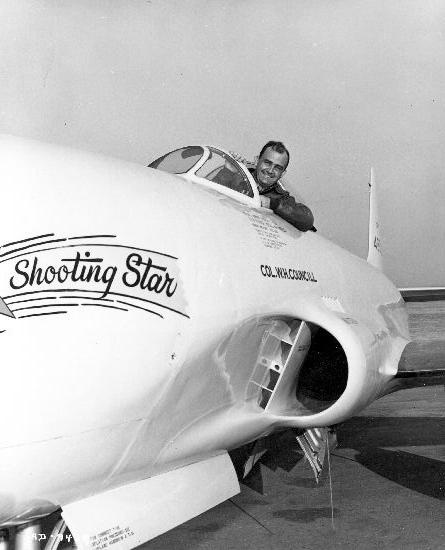
26 January 1946: Colonel William Haldane Councill, U.S. Army Air Forces, a test pilot at the Flight Test Division, Wright Field, Ohio, made a record-breaking flight from Daugherty Field (Long Beach Airport), California, to overhead LaGuardia Airport, New York, in 4 hours, 13 minutes, 26 seconds. He was piloting a Lockheed P-80A-1-LO Shooting Star, serial number 44-85123. Colonel Councill flew as high as 41,000 feet (12,497 meters), but stayed at 35,000 feet (10,668 meters) for most of the flight. This flight set a new transcontinental speed record for the 2,457 miles (3,954 kilometers), averaging 584.82 miles per hour (941.18 kilometers per hour).
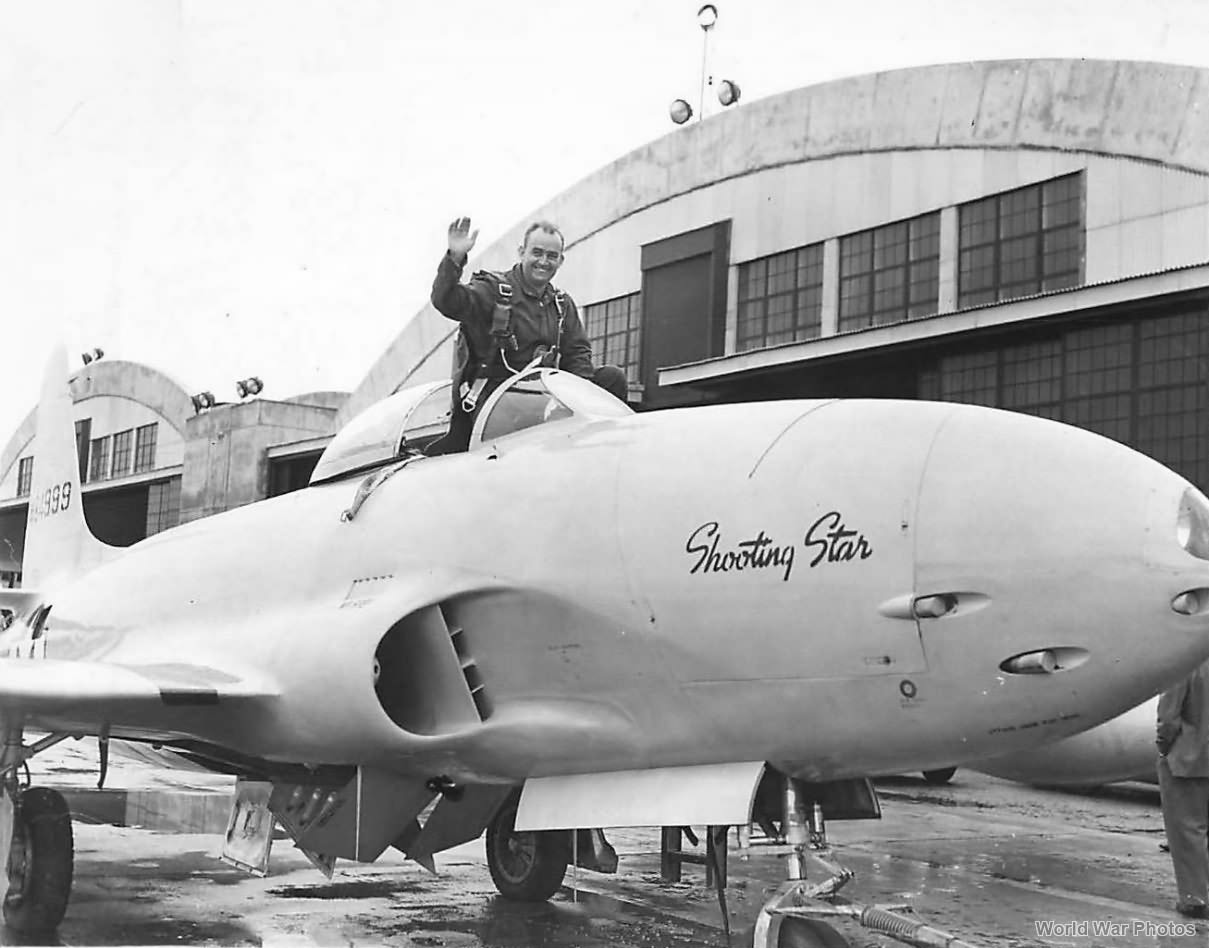
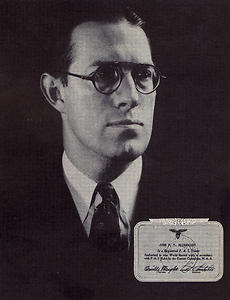
The National Aeronautic Association representative, John P. V. Heinmuller, was the official timer. (Mr. Heinmuller was the Chief Timer of both the N.A.A. and the Fédération Aéronautique Internationale. He was president of the Longines-Wittnauer Watch Co., inc. He had also timed Lindbergh’s transatlantic flight in 1927. Mr. Heinmuller was the author of Man’s Fight to Fly: Famous World-Record Flights and a Chronology of Aviation, 1944).
Colonel Councill was accompanied by two other P-80s flown by Captain John S. Babel and Captain Martin I. Smith. This was the longest non-stop flight by a jet aircraft up to that time.
Colonel Councill’s P-80A had been modified with the installation of a 100-gallon (379 liters) fuel tank in the nose in place of the standard armament of six machine guns. Along with 300-gallon (1,135 liters) wing tip tanks, the Shooting Star’s maximum fuel load had been increased to 1,165 gallons (4,410 liters).¹
The P-80s flown by Captains Babel and Smith also had the nose fuel tank installed, but carried 150-gallon (569 liters) wing tip tanks. They had to stop at Topeka, Kansas, to refuel. Ground crews met them with four fuel trucks, and they were airborne in 4 minutes and 6 minutes, respectively.
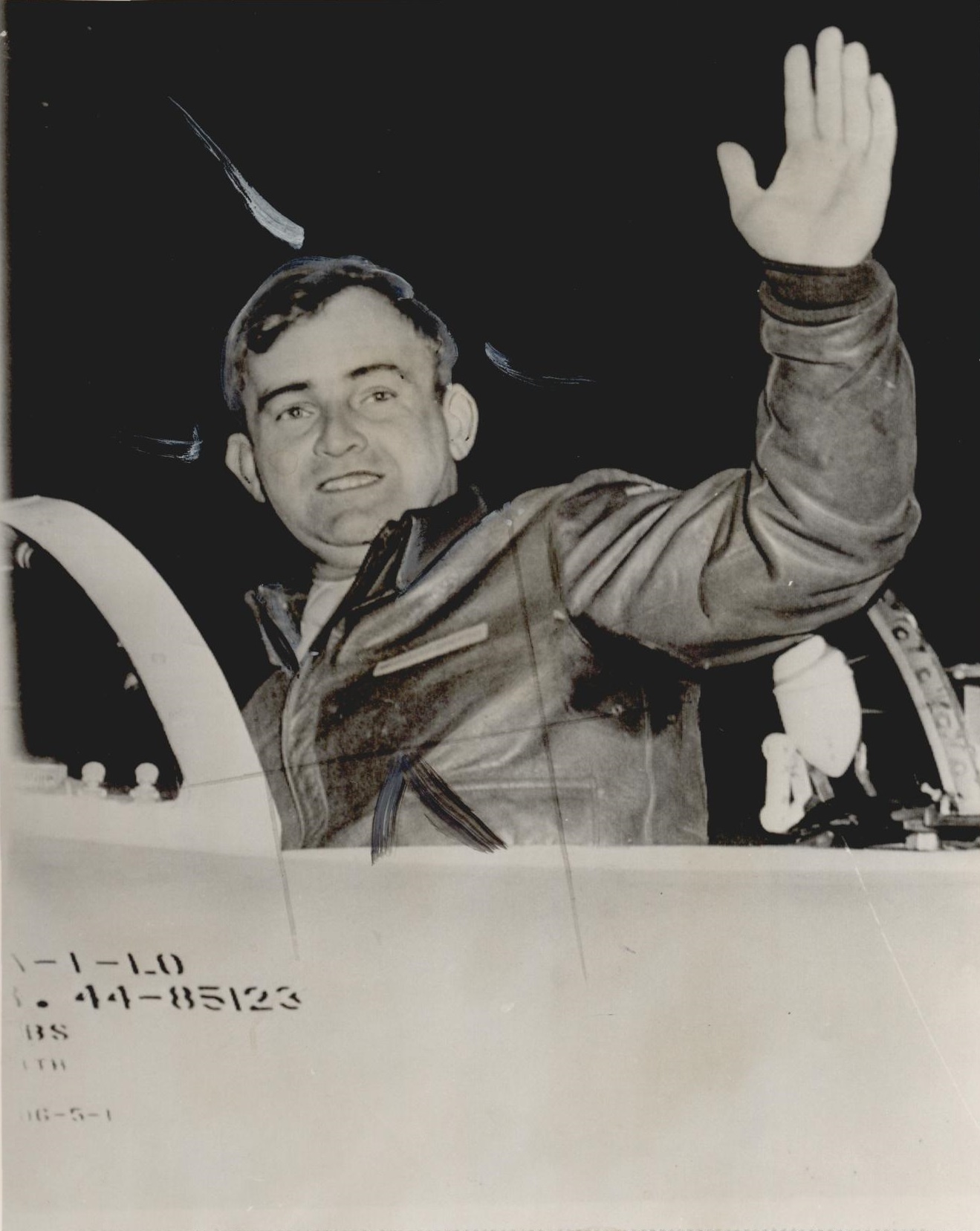
William Haldane Councill was born 5 October 1911 at Bellevue, Pennsylvania. He was the second of four children of William Mansfield Councill, a manager for a fireproofing company, and Bertha Etta Wing Councill. He attended Perry High School, where he was a member of the Aero Club.
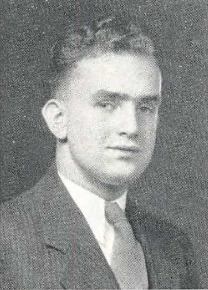
Bill Councill studied at the Carnegie Institute of Technology, Pittsburgh, Pennsylvania. He was a member of the Reserve Officers Training Corps (R.O.T.C.), and the Delta Upsilon (ΔΥ) fraternity. He was also a member of the Scabbard and Blade, and co-chairman of the Military Ball. Councill graduated in 1933 with the degree of Bachelor of Science in Mechanical Engineering (B.S.M.E.).
William H. Councill was commissioned as a second lieutenant, Engineer Reserve, 1 June 1933. He was appointed a flying cadet and trained as a pilot, 1 October 1933 to 14 October 1935. He then received a commission as a second lieutenant, Air Reserve.
Lieutenant Councill married Miss Lillie Louise Slay at Wahiawa Heights, Honolulu, Territory of Hawaii, 18 April 1936. They would have one daughter, Frances, born in 1943.
On 1 October 1938, Councill’s reserve commission was converted to second lieutenant, Air Corps, United States Army. Councill was promoted to first lieutenant, 1 October 1941.
During this time William Councill held a parallel commission in the Army of the United States. He was promoted to first lieutenant, A.U.S., 9 September 1940, and captain, A.U.S., 1 February 1942. On 1 March 1942, he was promoted to the rank of major, A.U.S. (A.C.), and to lieutenant colonel, 19 December 1942. On 3 July 1945, Councill advanced to the rank of colonel, A.U.S.
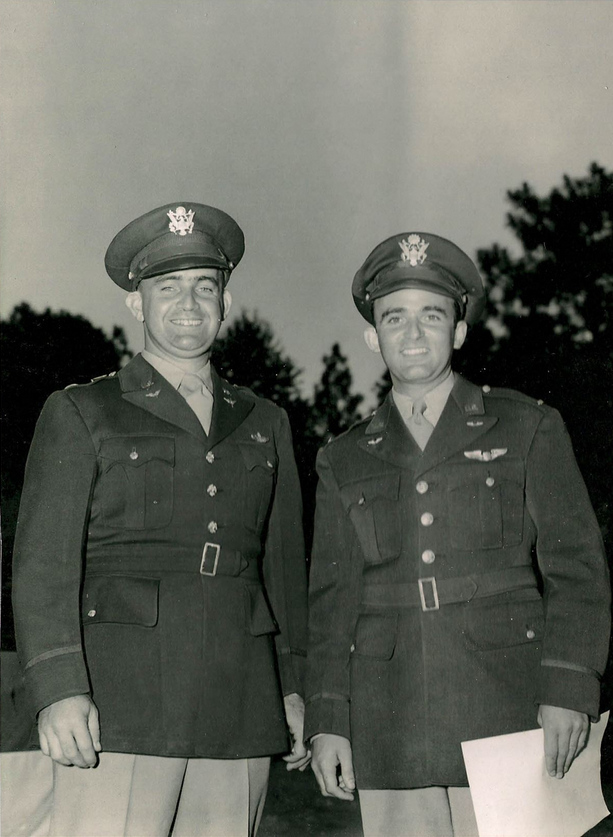
Colonel Councill was rated as a command pilot. During World War II, he flew 130 combat missions with the the Lockheed P-38 Lightning .Thirteenth Air Force in the southwest Pacific area. He is credited with shooting down three enemy aircraft, and was awarded the Distinguished Flying Cross for his actions in an air battle over the Solomons, 15 January 1943.
At 10:54 a.m., 5 April 1954, Colonel Councill took off from the Republic Aviation Company plant at Farmingdale, New York, in a Lockheed T-33A Shooting Star, en route to Langley Field, Virginia. He never arrived. An extensive search, other than locating a single wing tank, was unsuccessful. It was presumed that Councill went down in the Atlantic Ocean.
According to his commanding officer, Major General Earl W. Barnes,
“. . . He was a most capable, dependable and responsible officer who was conscientiously devoted to his tasks. His opinions on military matters were highly regarded by his superior officers. His pleasant personality, genial manner, and dry wit endeared him to the hearts of the many friends he had won during approximately twenty-one years of service in the United States Air Force. He was greatly beloved by those with whom he associated. . . I feel that our Country and the Air Force have lost an irreplaceable asset and a great leader.”
—Wing Family Annals, Wing Family of America, Inc., Des Moines, Iowa. Vol. 54, No. 1, at Pages 7 and 8
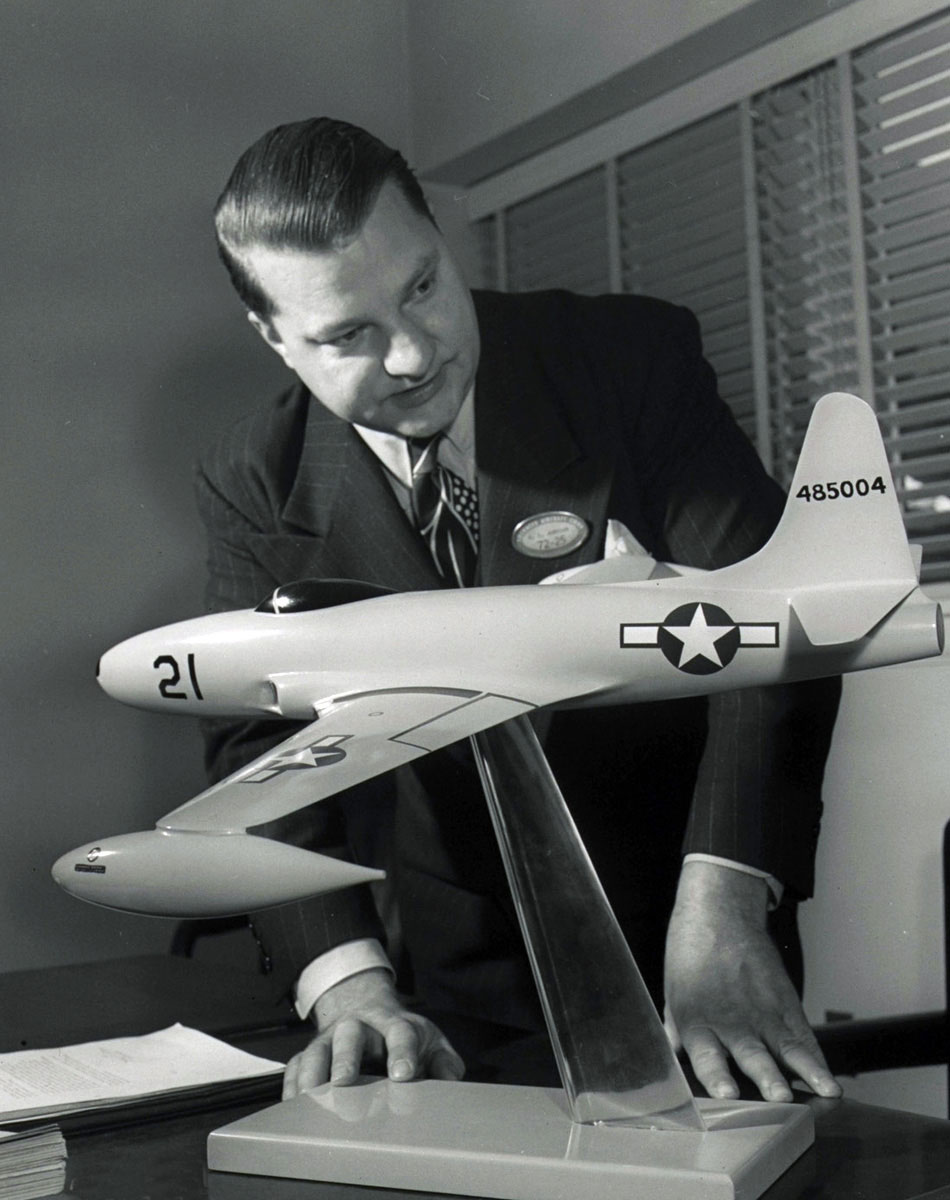
 The Lockheed P-80-1-LO was the United States’ first operational jet fighter. It was a single-seat, single engine airplane, designed by a team of engineers led by Clarence L. (“Kelly”) Johnson. The prototype XP-80A, 44-83020, nicknamed Lulu-Belle, was first flown by test pilot Tony LeVier at Muroc Army Air Field (now known as Edwards Air Force Base) 8 January 1944.
The Lockheed P-80-1-LO was the United States’ first operational jet fighter. It was a single-seat, single engine airplane, designed by a team of engineers led by Clarence L. (“Kelly”) Johnson. The prototype XP-80A, 44-83020, nicknamed Lulu-Belle, was first flown by test pilot Tony LeVier at Muroc Army Air Field (now known as Edwards Air Force Base) 8 January 1944.
The P-80A was a day fighter, and was not equipped for night or all-weather combat operations. The P-80A was 34 feet, 6 inches (10.516 meters) long with a wingspan of 38 feet, 10.5037 inches (11.84919 meters) ² and overall height of 11 feet, 4 inches (3.454 meters).
The leading edges of the P-80A’s wings were swept aft 9° 18′ 33″. They had an angle of incidence of +1° at the root and -1° 30′ twist. There was 3° 50′ dihedral. The total wing area was 237.70 square feet (22.083 square meters).
The fighter had an empty weight of 7,920 pounds (3,592 kilograms) and a gross weight of 11,700 pounds (5,307 kilograms). The maximum takeoff weight was 14,000 pounds (6,350 kilograms).
 Early production P-80As were powered by either an Allison J33-A-9 or a General Electric J33-GE-11 turbojet engine. The J33 was a licensed version of the Rolls-Royce Derwent. It was a single-shaft turbojet with a 1-stage centrifugal compressor section and a 1-stage axial-flow turbine. The -9 and -11 engines were rated at 3,825 pounds of thrust (17.014 kilonewtons). The J33s were 8 feet, 6.9 inches (2.614 meters) long, 4 feet, 2.5 inches (1.283 meters) in diameter and weighed 1,775 pounds (805 kilograms).
Early production P-80As were powered by either an Allison J33-A-9 or a General Electric J33-GE-11 turbojet engine. The J33 was a licensed version of the Rolls-Royce Derwent. It was a single-shaft turbojet with a 1-stage centrifugal compressor section and a 1-stage axial-flow turbine. The -9 and -11 engines were rated at 3,825 pounds of thrust (17.014 kilonewtons). The J33s were 8 feet, 6.9 inches (2.614 meters) long, 4 feet, 2.5 inches (1.283 meters) in diameter and weighed 1,775 pounds (805 kilograms).
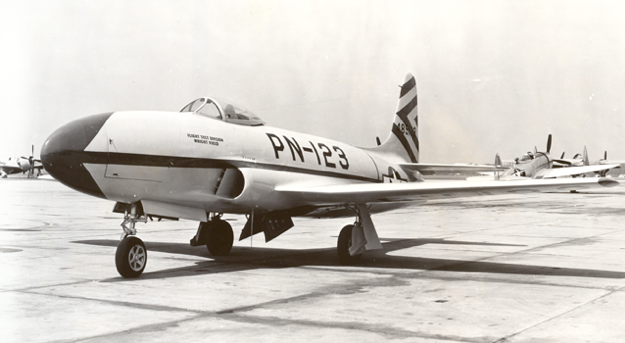
The P-80A had a cruising speed of 445 miles per hour (716 kilometers per hour) at 20,000 feet (6,096 meters). Its maximum speed was 548 miles per hour (882 kilometers per hour) at 2,700 feet (823 meters) and and 501 miles per hour (806 kilometers per hour) at 34,700 feet (10,577 meters). The service ceiling was 45,000 feet (13,716 meters).
The P-80A Shooting Star was armed with six air-cooled Browning AN-M2 .50-caliber aircraft machine guns mounted in the nose.
Several hundred of the early production P-80 Shooting stars had all of their surface seams filled, and the airplanes were primed and painted. Although this process added 60 pounds (27.2 kilograms) to the empty weight, the decrease in drag allowed a 10 mile per hour (16 kilometers per hour) increase in top speed. The painted surface was difficult to maintain in the field and the process was discontinued.
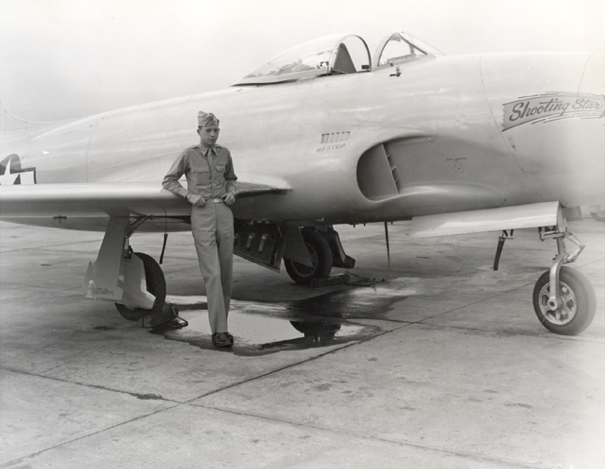
On 3 June 1946, Lockheed P-80A-1-LO Shooting Star 44-85123, flown by Lieutenant Henry A. Johnson, set a Fédération Aéronautique Internationale (FAI) World Record for Speed Over a Closed Circuit of 1,000 Kilometers with an average speed of 745.08 kilometers per hour (462.97 miles per hour).³
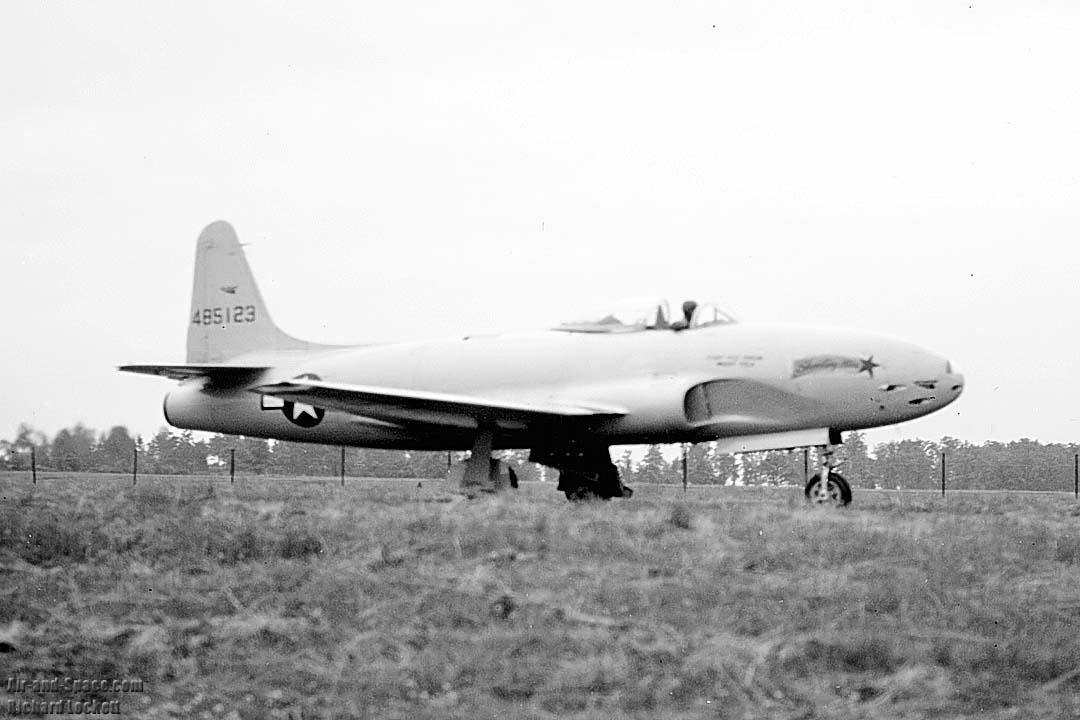
On 2 September 1946, Major Gustav Lindquist won the Thompson Trophy Race, J Division, at the National Air Races, Cleveland, Ohio, 1946, with the same airplane, averaging 515.853 miles per hour (830.185 kilometers per hour) over a 180-kilometer (111.85-mile) course.
Today, 44-85123 is in the collection of the Air Force Flight Test Museum, Edwards Air Force Base.
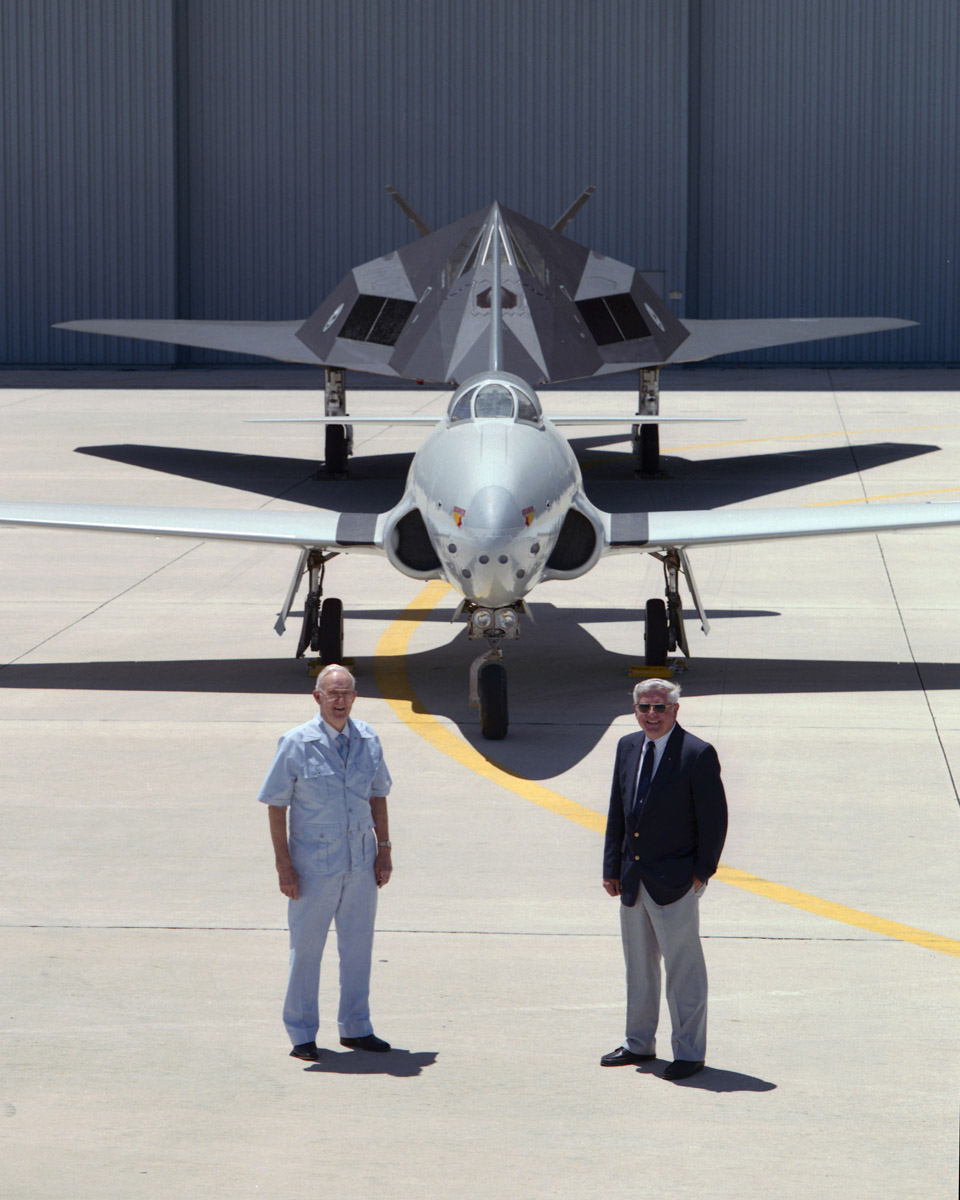
¹ Thanks to Jeffrey P. Rhodes of Lockheed Martin for additional information on Colonel Councill’s Lockheed P-80A Shooting Star.
² Wing span with rounded wing tips. P-80As with squared (“clipped”) tips had a wing span of 37 feet, 7.5037 inches (11.46819 meters).
³ FAI Record File Number 10973
© 2019, Bryan R. Swopes
